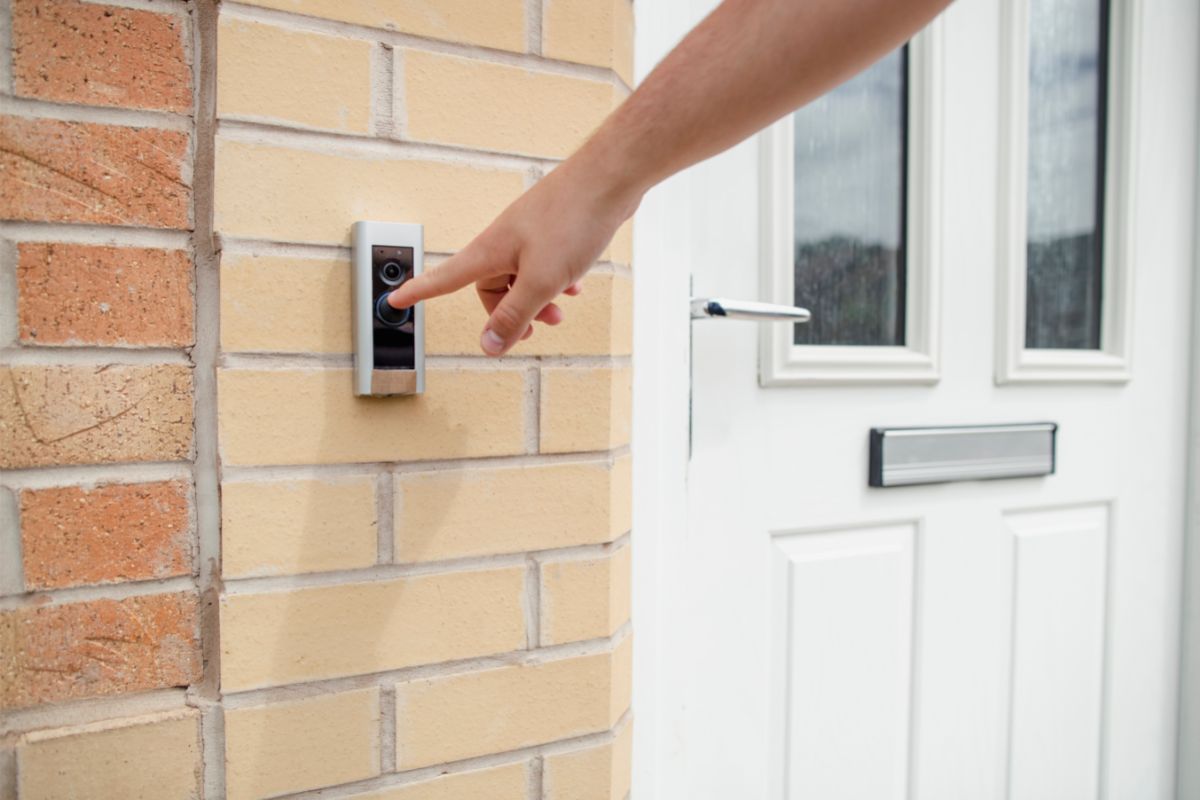The question “What is not a physical security measure for your home?” appears in the Antiterrorism Level 1 training quiz.
But the answer can also be useful for homeowners to understand the intrusion threat of their home.
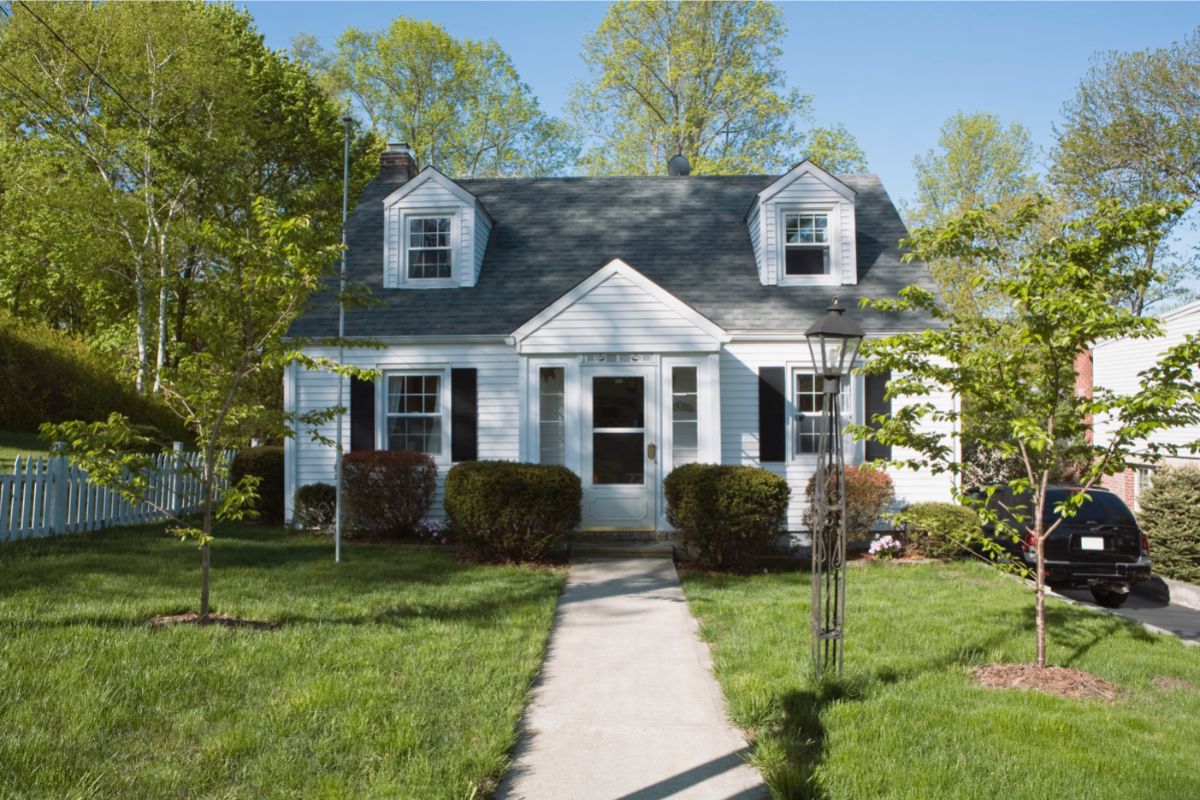
You will get four different answers and you need to choose one of the options. If you are not sure which of the answers is a true non-physical security measure for a home, then read on.
We take a closer look at the right answer, what physical security measures look like and how you can protect your home from criminals.
What Is Not A Physical Security Measure For Securing Your Home?
The question “What is not a physical security measure for your home?” comes originally from the Antiterrorism Scenario Training test.
This question is looking for any security measures that could make it easier for an intruder to break into your home.
There are four different answer options:
- Changing locks (see also: How To Change 4 Digit Code On Schlage Lock)to ensure key control
- Hiding a key outside to ensure family members can get in if they lose their keys
- Having good relations with neighbors and looking out for each other
- Confirming that a cleaning company is reliable and licensed
Number 3 and 4 are the two answers that you can easily exclude as these are just background checks and common community checks.
Then, changing the locks on your doors is actually a physical security (see also: How To Secure A Sliding Glass Door)measure, just like installing a security system.
The correct answer is hiding a key anywhere on your property.
This poses one of the biggest security threats to your home as an intruder could see you hide the key and then get access to your home.
Let’s take a closer look at what physical security is and some of the most common physical security risks.
What Is Physical Security?
Physical security is simply any security measures or setup that protects a building and any contents inside a property.
Physical security measures keep intruders and unwanted people out while giving authorized people (such as you and your family) access to the building.
Physical security breaches and threats are only related to properties, building content and equipment.
Cybersecurity (see also: How To Become A Cybersecurity Analyst)and network security are both non-physical security as these types of measures keep data, technology and information safe.
Common Physical Security Threats
If you are planning to create or update the security in your existing property, then it’s a good idea to understand some of the most common security threats that you might face.
You will need to identify vulnerable access points in your home and then choose a physical security measure to reduce the access risk.
While there is no guarantee that physical security risks can be fully removed, you can reduce the risks significantly with a security system or other physical home security measures.
Some of the most common types of physical security threats include burglary, theft and vandalism.
Businesses and larger buildings also face a physical security risk from terrorism and sabotage.
Examples Of Physical Security Measures
The most common examples of physical security measures are locks, guards, gates, security systems and security cameras.
These physical security setups can be used in a variety of ways. You can also use physical security and non-physical security measures.
For example, you can combine a home security system with specialized security software to keep your home and the data in your home safe.
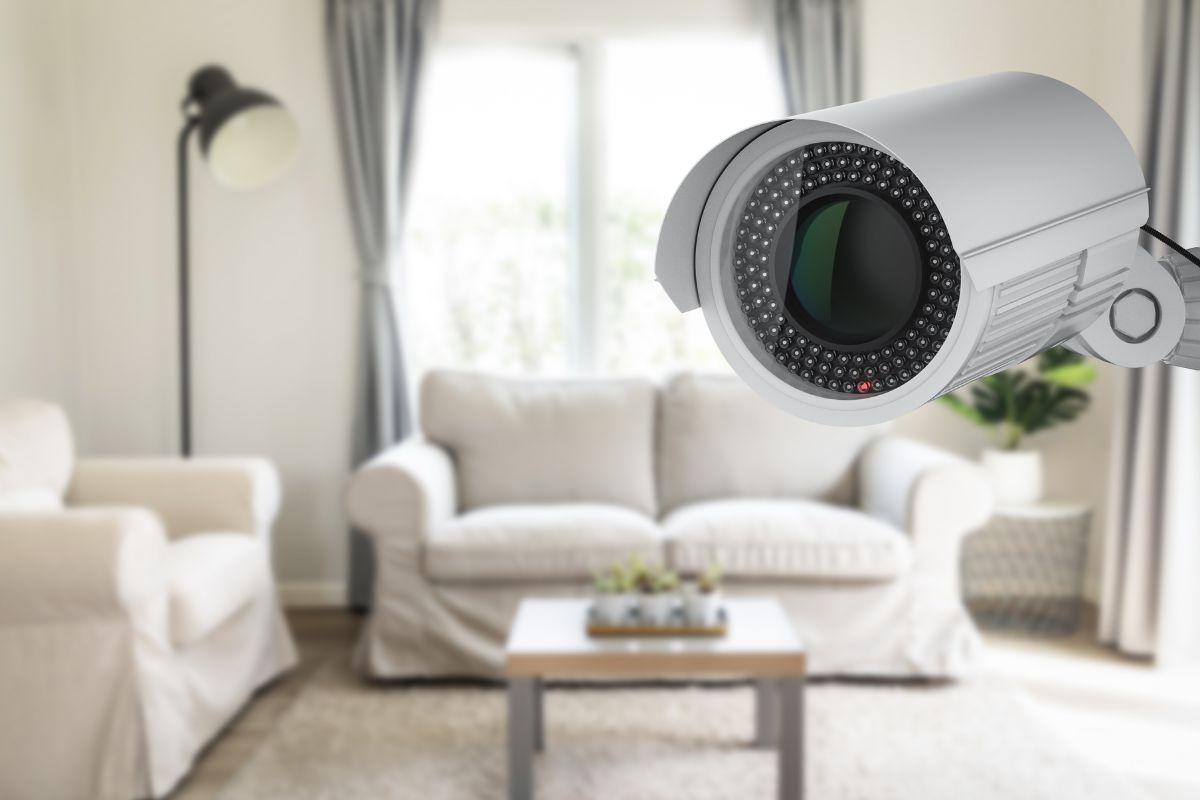
Essential Components Of Physical Security Measures
When it comes to keeping your home safe and secure from unwanted intruders, then you will need to keep the different types of physical security in mind.
The below physical security measures should be combined to help keep criminals from breaking into your home.
Deterrence
Consider physical security measures that deter any unwanted people from accessing your property, including doors, walls, gates and other barriers.
Detection
In combination with deterrence, it’s also a good idea to use a physical security system with alarms, sensors, cameras and automatic notifications to watch anyone approaching your home.
Delay
If detection and deterrence haven’t kept the intruder away, then you need to use access controls and smart physical security devices to delay the criminal from entering your house.
Response
If an intruder has breached all the other three physical security measures, then you will also need response measures, such as your security system automatically contacting the police.
How To Implement Physical Security Measures For Your Home
You can either choose to get a home security company to plan and install your new physical home security system or you can implement any security measures yourself.
Here are some tips on how you can implement basic physical security measures for your home.
Identify Vulnerable Entrance Points
First, you will need to understand where intruders could easily access your property. This could be doors and windows.
The easiest way to mitigate this risk is simply by upgrading your locks to high-security locks.
You can also choose high-security doors and glass windows that make it more difficult to break into your home.
Use Security Alarms And Surveillance Cameras
Install surveillance cameras and security alarms near these vulnerable access points. They will track any activity and capture any unwanted intruders for identification later.
Sensors and cameras can also act as a deterrent to criminals, especially when they are easily visible on the exterior of your home.
Layer Physical Security Measures
Don’t just rely on a security system but use a variety of physical security measures to keep your home safe.
These could be safety locks, window film to block the view into your home or door and window sensors (see also: How To Bypass Garage Door Sensors).
But you don’t want to just keep intruders out. You also want to make sure that you and your family have easy access to your home.
Share some of the key safety measures with everyone who lives in your home and ensure that they have an understanding of how the security system works.
Final Thoughts
Physical security measures are simply any type of security systems or setups that you install to keep your home safe from intruders.
- Stay Protected: Shielding Your Android Phone from Omni RAT and Malicious Apps - August 7, 2023
- Complete Guide To Protecting Your Digital Privacy - May 16, 2023
- Complete Guide To Securing Your Home - April 11, 2023



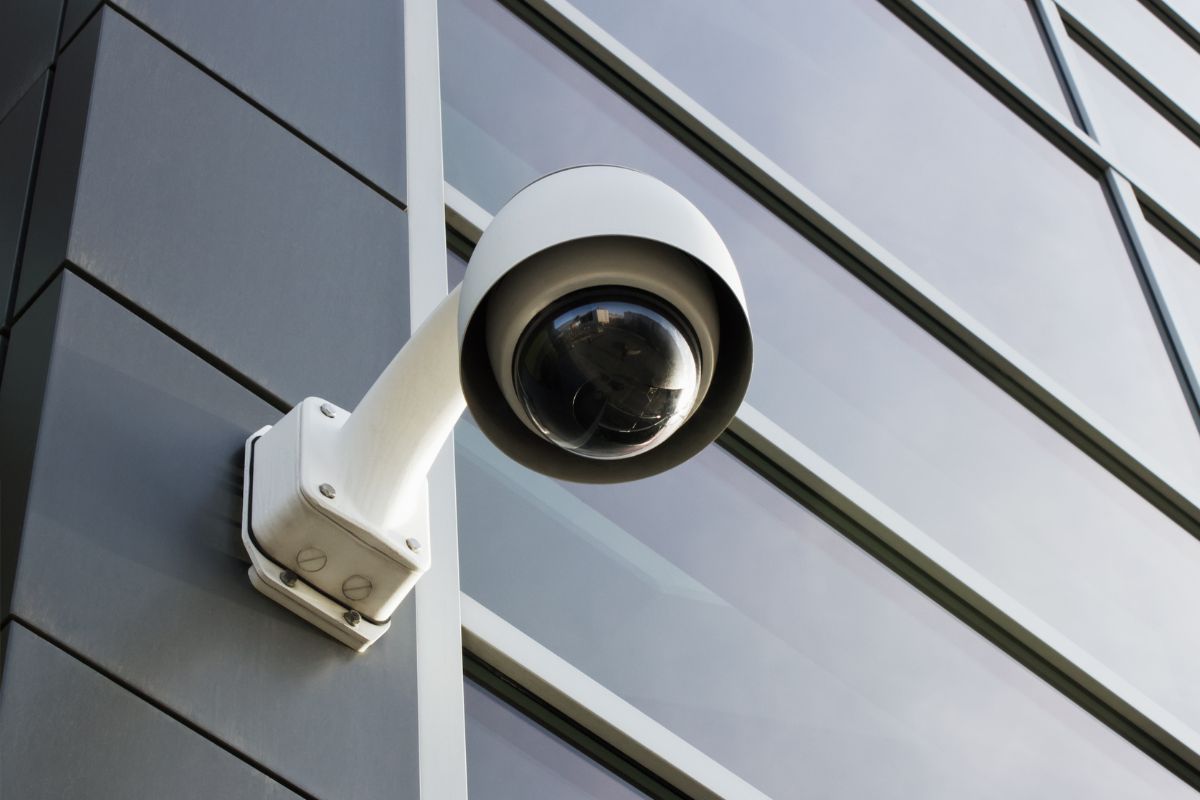
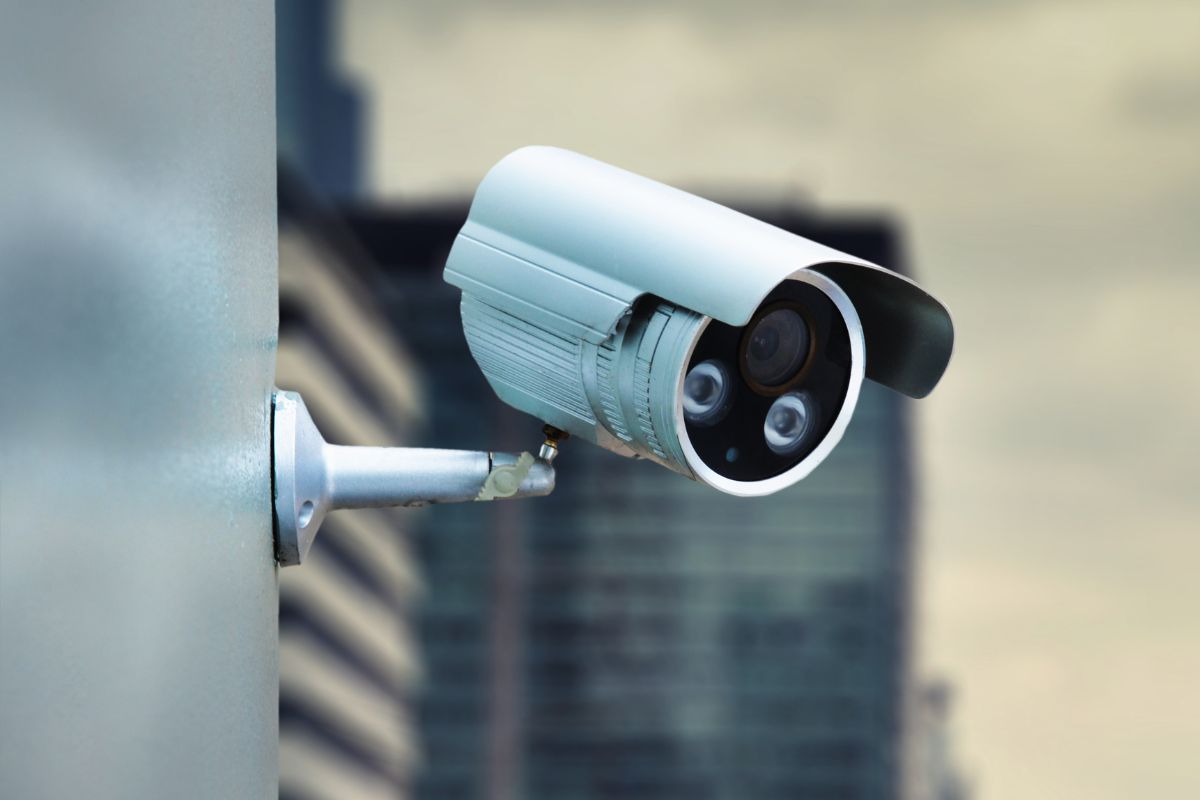


![Are Gmail Accounts Vulnerable? [What You Need To Know] Are Gmail Accounts Vulnerable? [What You Need To Know]](https://securityfuse.com/storage/2023/02/Are-Gmail-Accounts-Vulnerable-What-You-Need-To-Know.jpg)

